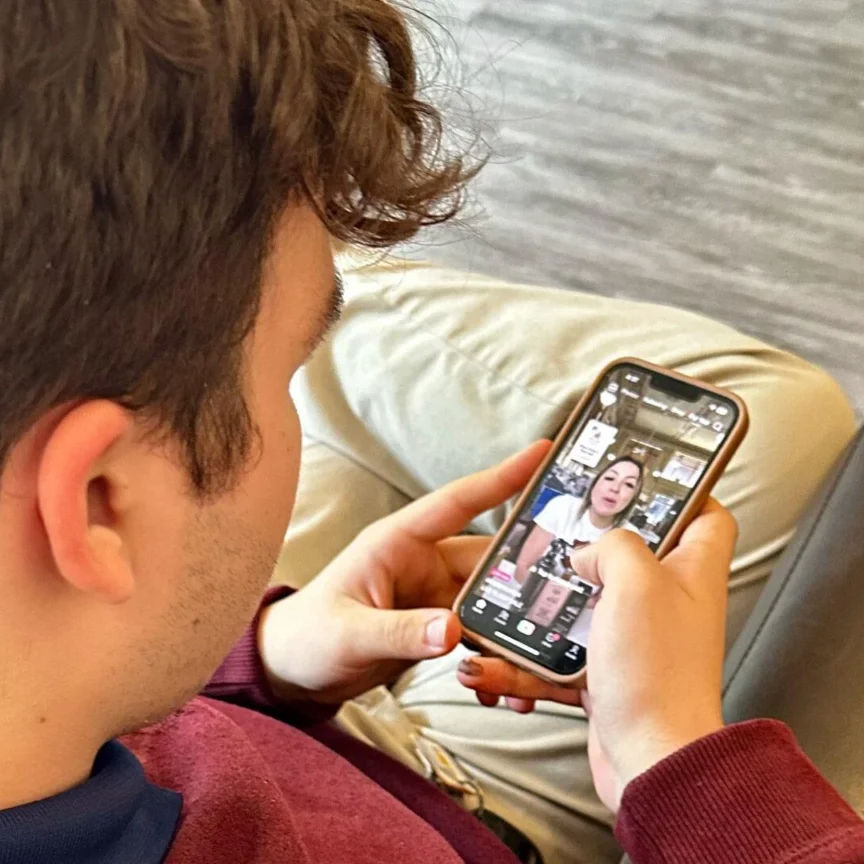Physics students learn more from the professor than from each other
- Joanne Jacobs

- Jul 22
- 2 min read
Updated: Jul 24
When teachers step back and let students teach each other, only a minority will do well, writes Carl Hendrick on The Learning Dispatch. "Minimally guided instruction privileges the already privileged," those who already have background knowledge. "Explicit instruction is about recognising that some children need more systematic, more deliberate, more scaffolded instruction to reach the same destinations as their more advantaged peers."
Teachers should explain a concept for no more than two minutes before checking for understanding, he says.

The same principles apply at the college level. Students learn more physics when they're taught by the professor, concludes a new study at the University of Texas at Austin, reports Ashley Mowreader in Inside Higher Education. "Students who were enrolled in an interactive peer-led physics course section had worse learning outcomes and grades than their peers in a lecture section taught by an instructor."
STEM instructors are looking for ways to engage students and improve success rates for students from disadvantaged backgrounds, researchers note. Some have turned to "interactive lectures." Professors ask students questions as they go along or create opportunities for them to think about the course material. They check for understanding.
Student-led small-group discussions have shown value in previous studies, but most focused on highly selective schools where students have similar, high levels of preparation, the authors write. The range of preparation is wider at the University of Texas.
The new study found that students with lower SAT scores assigned to peer-led groups "were less likely to demonstrate learning in fundamental concepts, as well as less likely to earn an A, compared to their peers with similar test scores taught by the professor via interactive lecture," Mowreader writes. However, students with high SAT scores did well in the peer-led groups.
"Active learning" is more effective than traditional lectures, writes John Tagg, a retired English professor, in Quillette. That can mean a wide range of teaching techniques, including "interactive lectures."
For example, the teacher outlines key principles students have read about in the assigned reading, then gives them a problem with four possible answers. Via clickers, they send their answers to the professor's computer. Then students explain their answer to their neighbor, and answer the question a second time. "Only then does the teacher display a chart of the responses before and after the brief discussion," writes Tagg. "Most of the time, there is a considerable shift in the responses towards the correct answer. Finally, the teacher asks for a volunteer to explain why the correct answer is correct."
Other examples, he writes, are "well-designed group discussion, small-group projects, Socratic questioning, writing, and combining these in a 'flipped' classroom where students do reading and interactive prompts before class and then discuss and defend their ideas face-to-face in class.






I tune out any teacher who says "I learn more from my students than they learn from me." That's a teacher not doing his/her job.
Funny experience. I worked a problem on an exam in Chemical engineering class. The problem was given without a key factor, so I correcty calculated it and went on to correctly solve the problem. My professor talked to me later, confessing that the factor had been omitted in error, but wondered how in h#ll I had calculated it. We both reviewed my calculation sheet. Neither of us understood why I had done some of it. I didn’t remember why and he couldnt figure it out. I didn’t cheat. It remains a mystery to this day. Chuckle.
I think the title of this post is missing a word, either "more" or "less."
Some idiot--was it Paolo Freire?--stigmatized the 'expert teacher giving lectures' model (it's too oppressive for the students to have an expert in front of them, or something!). So then the blind had to lead the blind (that's equity for you!).
Assuming the teacher does have expert-level knowledge of the subject, it's most effective, if you want as much knowledge as possible transmitted to as many students as possible, to have that teacher teaching a group of students who are at more or less the same level of preparation. You want 'teaching' to function as much like one-on-one lecturing as possible.
Student-led groups seems like an idea that, at best, could function in a review session, after the actual teaching has…